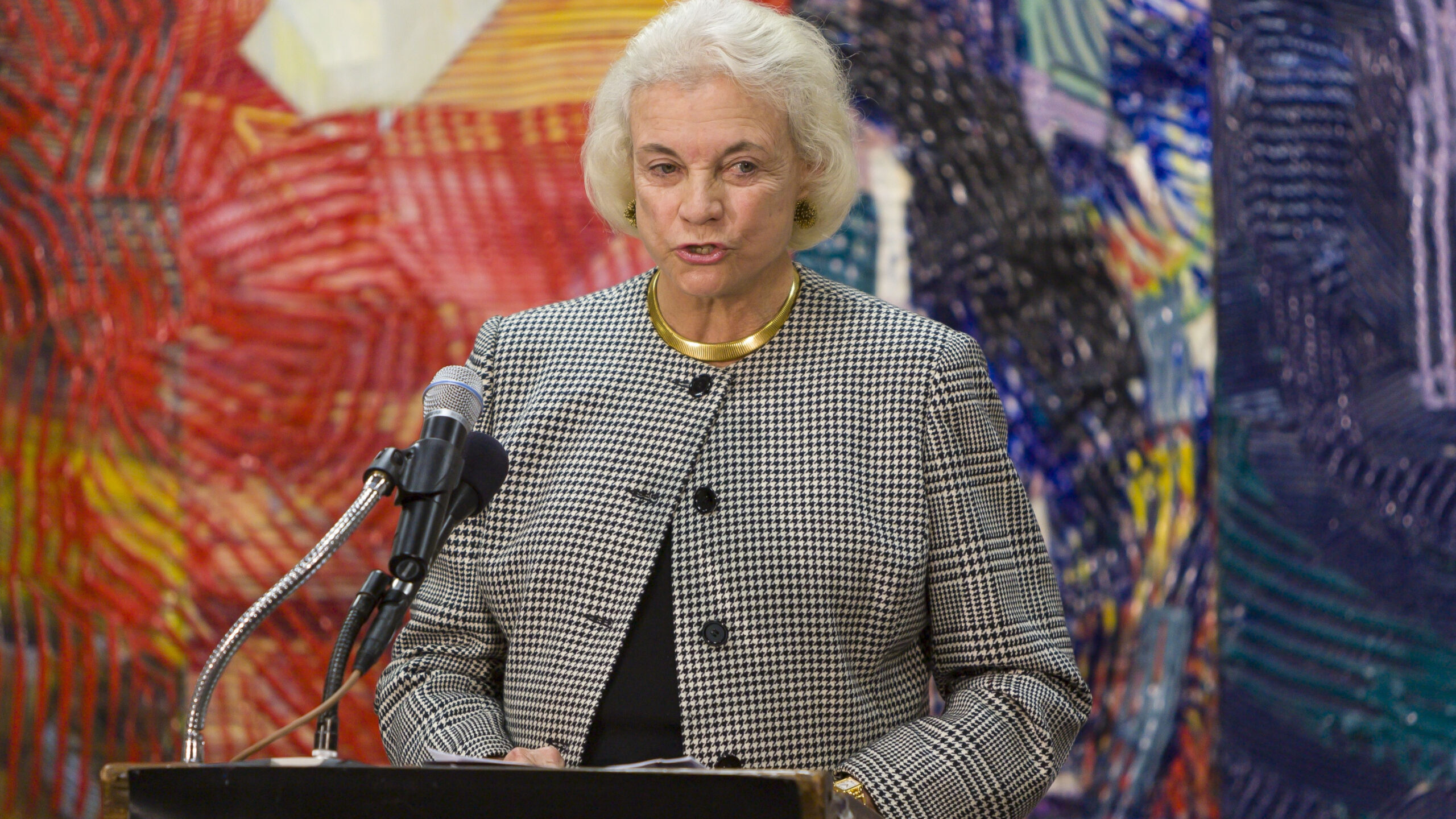Copyright’s Blind Spot: The Innovation Asymmetry
When it comes to innovation, copyright debates tend to be one-sided. Consider the Trans-Pacific Partnership agreement. SOPA and PIPA. Congressional hearings. The Department of Commerce “green paper.” To various degrees, each reveals a copyright setting in which innovation is neglected or, at a minimum, insufficiently appreciated.
Why, for example, have copyright debates focused on piracy, theft, and rogue websites? Why is there an obsession with large copyright owners’ business models? Why are the benefits of peer-to-peer (p2p) technology and cloud computing underappreciated? Why are we not more troubled that technologies suffer early deaths because of overaggressive copyright law and enforcement? The reason is simple. I call it the “innovation asymmetry.”
I define the innovation asymmetry as an overemphasis on a technology’s infringing uses and insufficient appreciation of its noninfringing uses. Why is there such an asymmetry? Because infringing uses are immediately apparent, quantifiable, and advanced by motivated, well-financed copyright holders. Noninfringing uses, in contrast, are less tangible and less apparent at the onset of a technology.
The costs of infringing uses can be quantified. They roll off copyright owners’ tongues: $250 billion in losses to the U.S. economy each year from IP infringement. 750,000 jobs lost annually from infringement. It doesn’t matter if the figures are correct. For even if they are completely disproved, the mere articulation of numbers promises a precision that is difficult to dislodge from the audience’s consciousness.
The costs also are vivid in threatening copyright owners’ business models. This is clear from their panic upon the introduction of numerous technologies—from John Philip Sousa’s concern with the player piano to Jack Valenti’s famous tirade against the VCR. And the tasks needed to demonstrate harms from infringement can easily be undertaken by the large content holders.
In contrast, noninfringing uses are less tangible, less obvious at the onset of a technology, and not advanced by an army of motivated advocates. First, they are less tangible. Noninfringing uses are difficult to quantify. How do we put a dollar figure on the benefits of enhanced communication and interaction? Estimates of future noninfringing uses will be less powerful than the actual, hard-dollar figures presented by copyright owners.
Second, they are more fully developed over time. When a new technology is introduced, no one, including the inventor, knows all of the beneficial uses to which it will eventually be put. The path of history is replete with inventions for which nobody foresaw the eventual popular and revolutionary use:
- Alexander Graham Bell thought the telephone would be used primarily to broadcast the daily news.
- Thomas Edison thought the phonograph would be used “to record the wishes of old men on their death beds.”
- Railroads were originally considered to be feeders to canals.
- IBM envisioned only 10 to 15 orders for the computer in 1949.
If inventors themselves do not know how their inventions will be used, courts and policymakers cannot be expected to know. In addition, the interplay between short-term infringement and long-term development of noninfringing uses has been ignored. Just to pick one example, the iPod’s noninfringing uses could not have been envisioned when first introduced in 2001, at a time when (according to the RIAA) “there was virtually no legal digital market.”
Finally, future noninfringing uses are less likely to be advanced by a coordinated and motivated group of advocates. And the disappearance of those uses (along with the new technology) will not be lamented as it would be less likely to disrupt settled expectations.
In the end, the future benefits of new technologies, particularly those that are disruptive and revolutionary, often outweigh the losses to copyright owners’ current business models. But these benefits tend to be neglected.
When policymakers and courts consider copyright law, they must take into account the innovation asymmetry. For if they do not, innovation will suffer. And we will not even know what we have lost.
Michael A. Carrier is Distinguished Professor at Rutgers Law School and a leading authority in antitrust, copyright, patent, and innovation law. This post is adapted from his book Innovation for the 21st Century: Harnessing the Power of Intellectual Property and Antitrust Law.








